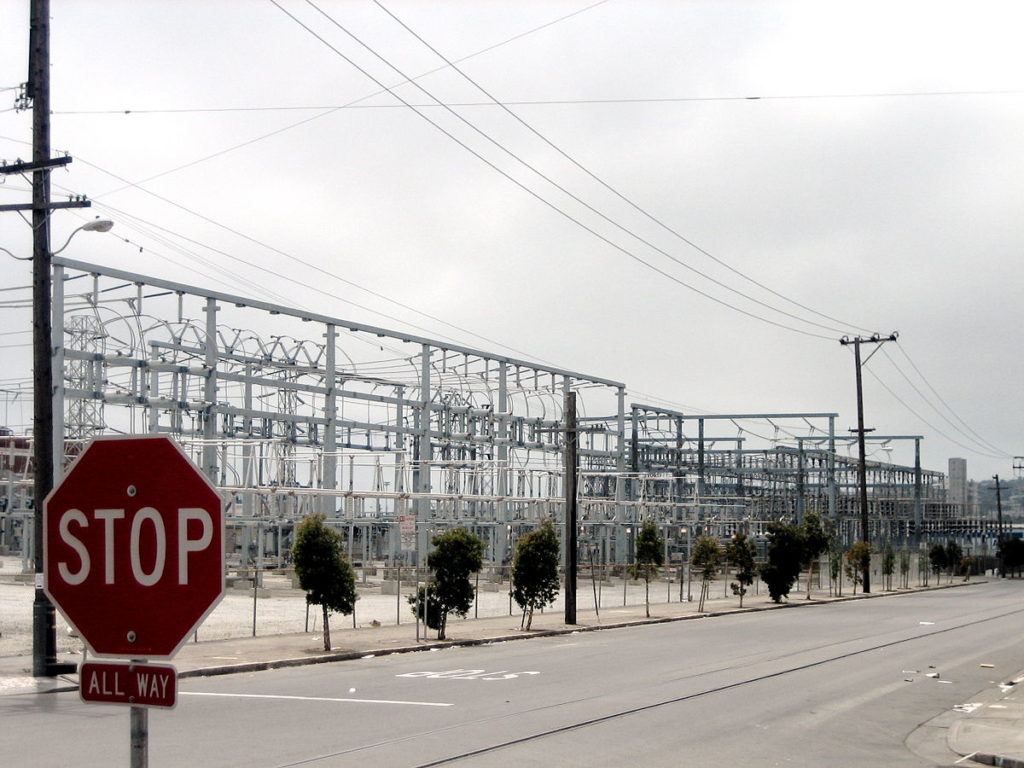Pacific Gas and Electric’s threat of bankruptcy stagnates California’s fight against climate change
Facing staggering liability costs for its potential culpability in a series of deadly wildfires, Pacific Gas and Electric (PG&E) — California’s largest power company — announced Monday (1/14) that it would file for bankruptcy.
The giant California utility sees bankruptcy protection as the only viable option in the face of billions of dollars in liability claims. These claims stem from years of alleged violations that may have caused both the Tubbs Fire of 2017 and the Camp Fire of 2018, which took the lives of 23 and 86 people respectively.
Bankruptcy is bad news for more than just investors in the Corporation. Depending on the terms of bankruptcy order, the California utility could be able to break or renegotiate any or all of its contracts — putting smaller power producers reliant on sales to the utility at risk. Among these are owners of large-scale solar and wind projects, such as YieldCos and Consolidated Edison. As Pacific Gas & Electric faces the threat of tens of billions of dollars in wildfire liabilities, the question is how it affects its gigawatts worth of renewable energy power-purchase agreements (PPAs).

Furthermore, the company’s predicament could be an early indicator of a wider economic toll from climate change, which is making wildfires more frequent and destructive. In recent years, the Golden State has dramatically reduced planet-warming emissions from the electricity sector, largely by requiring utilities to increase their use of solar and wind power, and by funding energy efficiency upgrades for homes and businesses. Lawmakers also set an ambitious target of 100 percent climate-friendly electricity by 2045. As such, PG&E has an extensive portfolio of long-term agreements to buy power from third-party renewable-energy projects; commitments that totaled $36.7 billion at the end of 2017. In a “grim twist”, as the LA Times called it, PG&E is now likely to detract from California’s efforts to fight climate change rather than support them. Ultimately, the issue will place a significant burden on the state as it pursues its ambitious goals for renewable energy.
In the short term, PG&E may choose to stop signing renewable energy contracts, — although contracting has already slowed in the last few years as customers have departed in droves for newly established publicly run local energy providers. Finally, in the long term, renewable energy developers and their lenders may hesitate to do business with, potentially, any state utilities that could face significant wildfire costs in the future.
Ultimately, California’s renewable energy targets are likely to suffer setbacks, while the state’s ratepayers will end up paying for the bankruptcy.
Sources and Further Readings
PG&E to file for bankruptcy following devastating California wildfires — The Washington Post
If Wildfires Drive PG&E Into Bankruptcy, What Happens to Renewable Energy Contracts? — Greentech Media
PG&E Bankruptcy Tests Who Will Pay for California Wildfires — The New York Times
California lawmakers set goal of 100 percent renewable energy use by 2045 — The Hill
PG&E Reneging On Renewables Contracts Makes No Sense — Bloomberg L.P.
PG&E’s bankruptcy could slow California’s fight against climate change — Los Angeles Times
Cal Fire News Release — California Department of Forestry and Fire Protection
